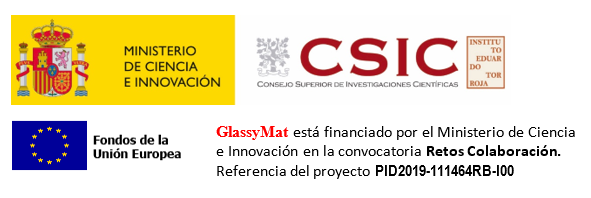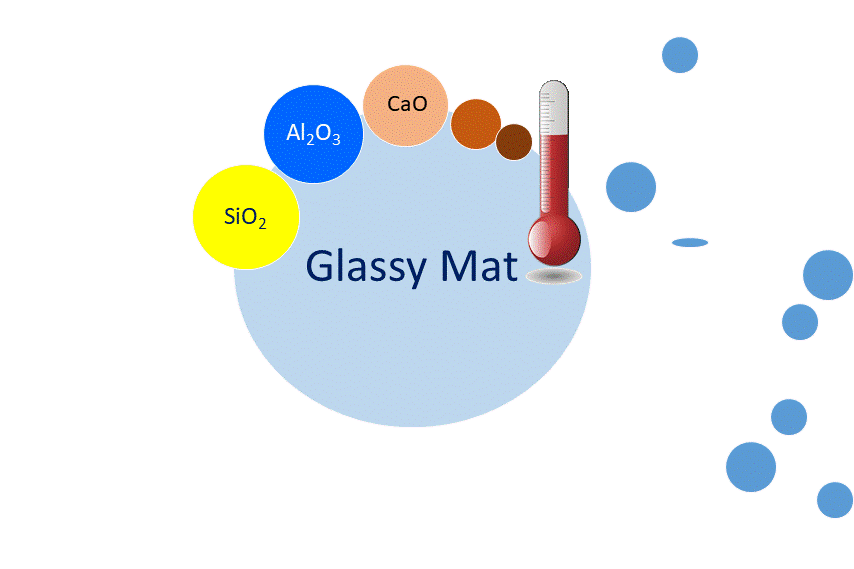- Financing entity
- Ministerio de Ciencia e Innovación
- Duration
- 01-06-2020---30-05-2023 (3 Años)
- Principal investigator(s)
- Ana Fernández Jiménez
- Budget
- 151.250,00 Є
- Official web
REFERENCIA: PID2019-111464RB-I00
ENTIDAD FINANCIADORA: Ministerio de Ciencia e Innovación
DURACION: 01-06-2020—30-05-2023 (3 Años)
INVESTIGADOR PRINCIPAL: Ana Fernández Jiménez
PRESUPUESTO: 151.250,00 Є; –
PARTICIPANTES: Instituto de Ciencias de la Construccion Eduardo Torroja (IETCC-CSIC) / Escuela Técnica Superior de Ingeniería de Caminos, Canales y Puertos de Barcelona (Depto. Ingeniería Civil y Ambiental).
EQUIPO: Ana Fernández Jiménez / Lucia Fernandez Carrasco/ Maria Teresa Blanco Varela /Angel Palomo Sánchez.
The recent climate summit held at UN headquarters (September 2019, NYC) called for a three- to five-fold increase in the effort to lower CO2 emissions and constrain global warming to a 1.5 °C temperature rise. Reducing cement manufacture-induced emissions is a huge challenge, for world output is growing at a brisk pace and 0.8 t to 0.9 t of CO2 are generated for every tonne of cement produced. The industry’s failure to substantially reduce its emissions would place the Paris Agreement global climate goals in jeopardy. (If the cement industry were a country, it would be the world’s third largest CO2 emitters, after China and the USA.) The authors of this proposal have been working for years on replacing the clinker (CK) content in portland cement with the highest possible percentage of supplementary cementitious materials (SCMs). They have geared their strategies to three types of end product: blended cements (BC, ~70%CK+30%SCM), alkaline hybrid cements (HYC, ~30%CK+70%SCM) and alkaline cements (AC, ~0%CK+100%SCM).
The group has pioneered work in the latter two, HYC and AC, nationally and internationally, under projects BIA2010-17530, BIA2013-43293-R, BIA2016-76466-R and RTC-2016-4872-5. The SCMs used to formulate sustainable BC, HYC and AC consist in aluminosilicates, primarily industrial by-products such as blast furnace slag (BFS) and fly ash (FA). The very pessimistic forecasts on the future availability of BFS and FA, together with the compositional variability of these materials, is obstacle to the development and implementation of sustainable cements worldwide. This research project stems from the need, repeatedly expressed by the industry, for a guaranteed supply of the quantity and quality of SCMs required to produce and use low-clinker cements. It targets an objective of particular interest to the construction industry: the synthesis of aluminosilicate glassy materials (GlassyMats) at temperatures of 1000 °C or under that feature the cementitious properties today acknowledged to be present in fly ash and slag. Such materials must react with water in the presence of alkalis to precipitate insoluble reaction products with characteristics that render them apt for use as SCMs in cements and concretes. The starting materials to be used will be common clay and feldspar, mineral resources that differ from the limestone normally used for portland cement manufacture. That would significantly lighten the industry’s environmental impact by reducing both the mass exploitation of calcium minerals and CO2 emissions, for the thermal treatment of aluminosilicates (at temperatures 500 °C lower than used in portland clinker manufacture) releases water vapour almost exclusively.
This research project is in line with the National R&D+I Programme geared to societal challenges and the H2020 Programme and more specifically with Challenge 5, Action geared to climate change and efficient use of resources and raw materials

